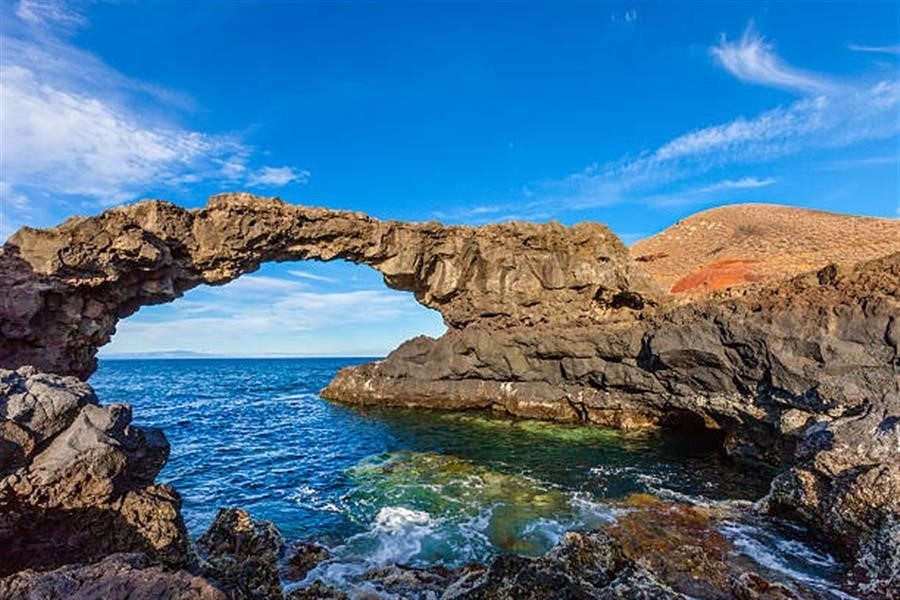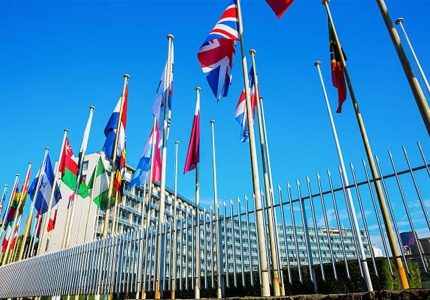Biosphere Reserves are areas of terrestrial and coastal ecosystems promoting solutions to reconcile the conservation of biodiversity with its sustainable use. They are internationally recognized, nominated by national governments and remain under sovereign jurisdiction of the states where they are located. Biosphere reserves serve in some ways as “living laboratories” for testing out and demonstrating integrated management of land, water and biodiversity. Each biosphere reserve is intended to fulfill three basic functions, which are complementary and mutually reinforcing:
- A conservation function – to contribute to the conservation of landscapes, ecosystems, species and genetic variation;
- A development function – to foster economic and human development which is socio-culturally and ecologically sustainable;
- A logistic function – to provide support for research, monitoring, education and information exchange related to local, national and global issues of conservation and development.
- Biosphere Reserves are not covered by an international convention but must simply meet a set of criteria allowing them to fulfill properly their three functions. Collectively, biosphere reserves form a World Network. Within this network, exchanges of information, experience and personnel are promoted.
Biosphere Reserves are designed to meet one of the most challenging issues that the World is facing today: How can we conserve the diversity of plants, animals and micro-organisms which make up our living “biosphere” and maintain healthy natural systems while, at the same time, meet the material needs and aspirations of an increasing number of people? How can we reconcile conservation of natural resources with their sustainable use? Biosphere reserves have been designed as tools for reconciling and integrating the conflicting interests and pressures that characterize land-use planning today.
Click here for more details.






